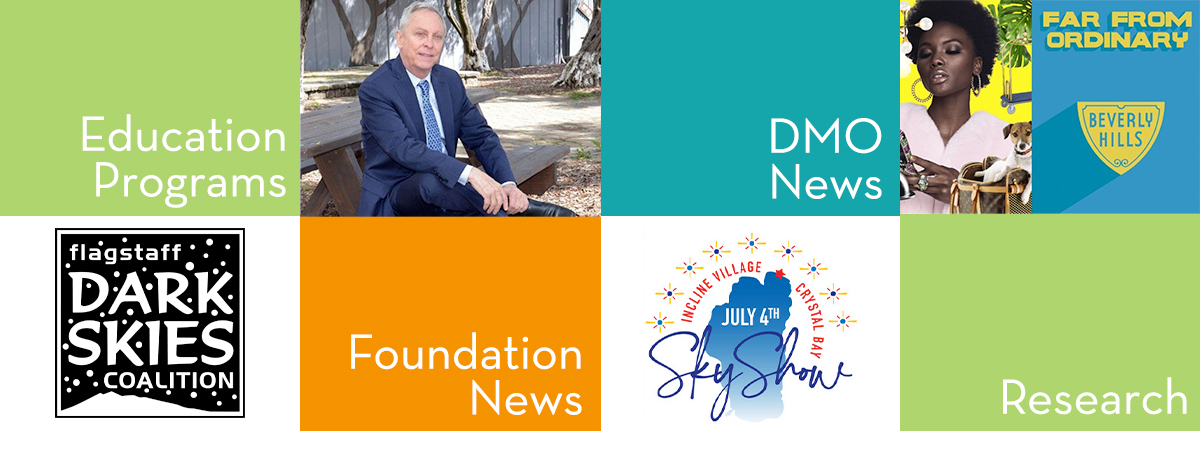How DMO Social Media Drives Travel Decisions
Executive Summary of Study Available Soon
The DMA West Foundation retained Destination Analysts, Inc. to conduct a comprehensive Social Media Follower Profile & Conversion Study. Nineteen (19) western DMOs participated in this year-long research study. The Foundation’s overarching goal for commissioning this study was to measure visitor conversion from social media investment and to deepen the understanding of DMO social media followers and their content preferences. At the March 2019 DMA West Tech Summit in Albuquerque, David Reichbach, Director of Analytics and Data Security for Destination Analysts, presented the findings of this industry research.
Key findings of the study…
- For all 19 DMOs on Facebook studied, an estimated 108,841 incremental trips were generated for the respective destinations compared to 25,747 incremental trips from Instagram. An incremental trip is one in which the DMO social media follower decided to visit the destination after becoming a follower and was significantly influenced to visit by official DMO content on the social media platform. These are trips to the destination that would not have happened if the destination’s DMO did not maintain a presence on the social media platform; as such, any visitor spending in the destination on these trips can be counted as part of the marketing program’s economic impact. Based on these findings, it is estimated that $71,686,288 in economic impact was generated for the respective destinations from Facebook and $22,864,449 from Instagram. In turn, every DMO Facebook follower represents an average of $47.85 in incremental visitor spending in the destination and an average of $61.39 per Instagram follower.
- In addition to being an overall driver of incremental visitation to their respective destinations, DMO social media content influences trip decisions made by followers and are generators of increased economic activity by visitors. When DMO social media followers who visited the destination were asked about their trip decisions that may have been influenced, 41.4 percent from Instagram and 33.7 percent from Facebook said they were motivated to visit a specific attraction featured on the social media platform. Facebook followers were more likely than Instagram followers to be influenced to dine in a specific restaurant featured on the platform (34.0% vs. 30.6%).
- The majority of DMO social media followers who are potential visitors ultimately visit the destination they follow. Approximately three-quarters of Facebook followers (72.4%) and Instagram followers (75.5%) who live outside the destination did indeed visit after following the DMO on social media. In fact, these audiences took multiple trips to the destination (2.4 trips on average for Facebook followers and 2.0 trips on average for Instagram followers) within the 12-month period of study. Although the DMO cannot necessarily take credit for generating all of these trips in terms of economic impact, this highlights a substantial opportunity to convert a social media follower into an actual visitor through a DMO’s official social media marketing.
- Interestingly, Facebook followers generally reported living closer to the destinations they followed compared to Instagram followers who generally reported living farther away. Understanding this trend, it’s not surprising that just fewer than half of Facebook visitors reported being on a day trip and did not stay overnight in the destination (44.4%). Meanwhile, Instagram visitors were most likely to stay in a hotel or other paid accommodations in the destination (28.9%) and were more likely to stay longer in market and spend more per day than their Facebook counterparts.
In addition to the support of the DMA West Education & Research Foundation research grants, as an added-value component of this research project, all participating DMOs had the option of integrating ADARA Impact, ADARA’s platform that allows DMOs to measure the effectiveness of digital marketing efforts by connecting media campaigns and website activity with real travel search and booking activity.
The executive summary will be available before the end of April to destination marketers and interested others on a complimentary basis. It will be posted to the DMA West website.

